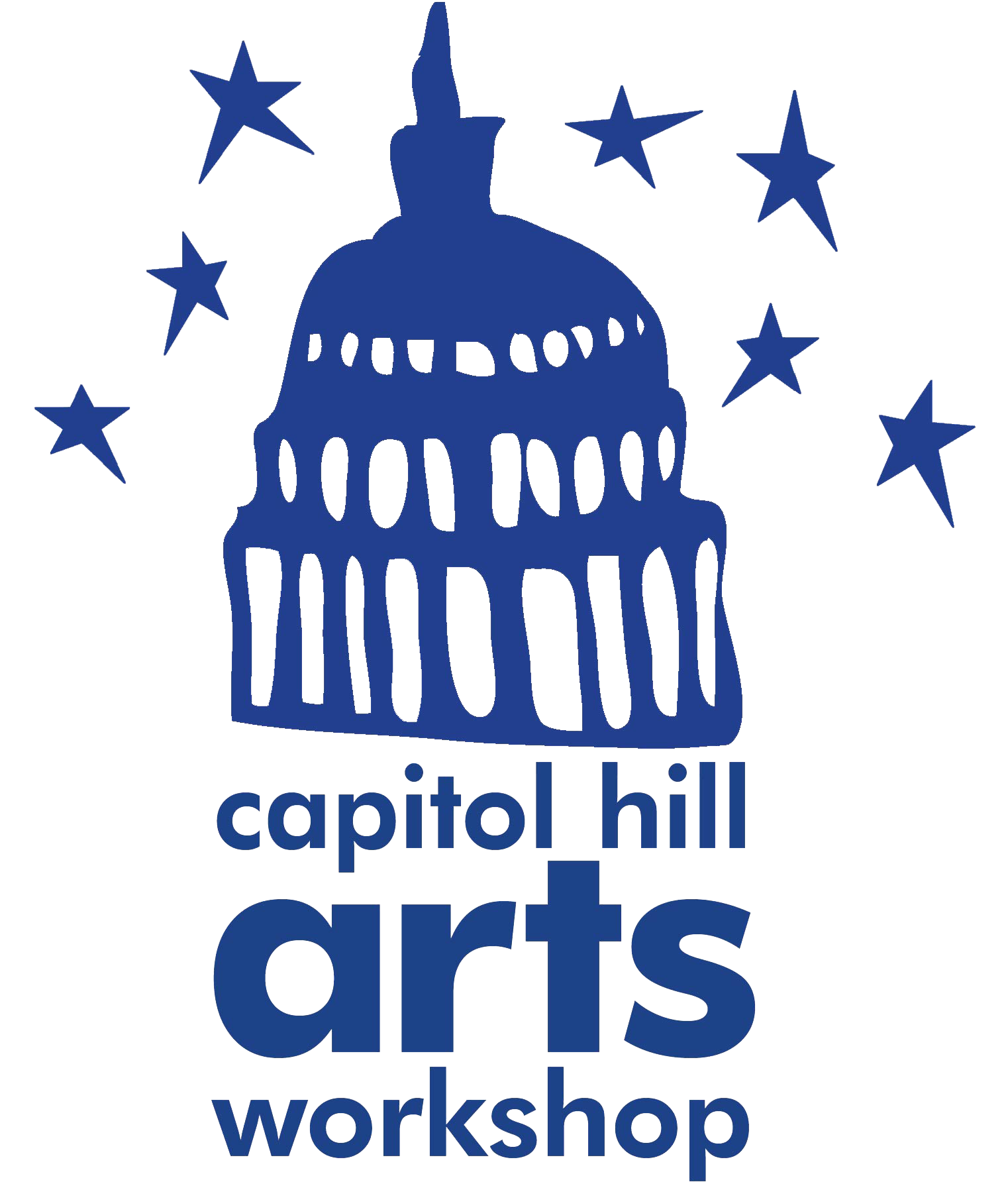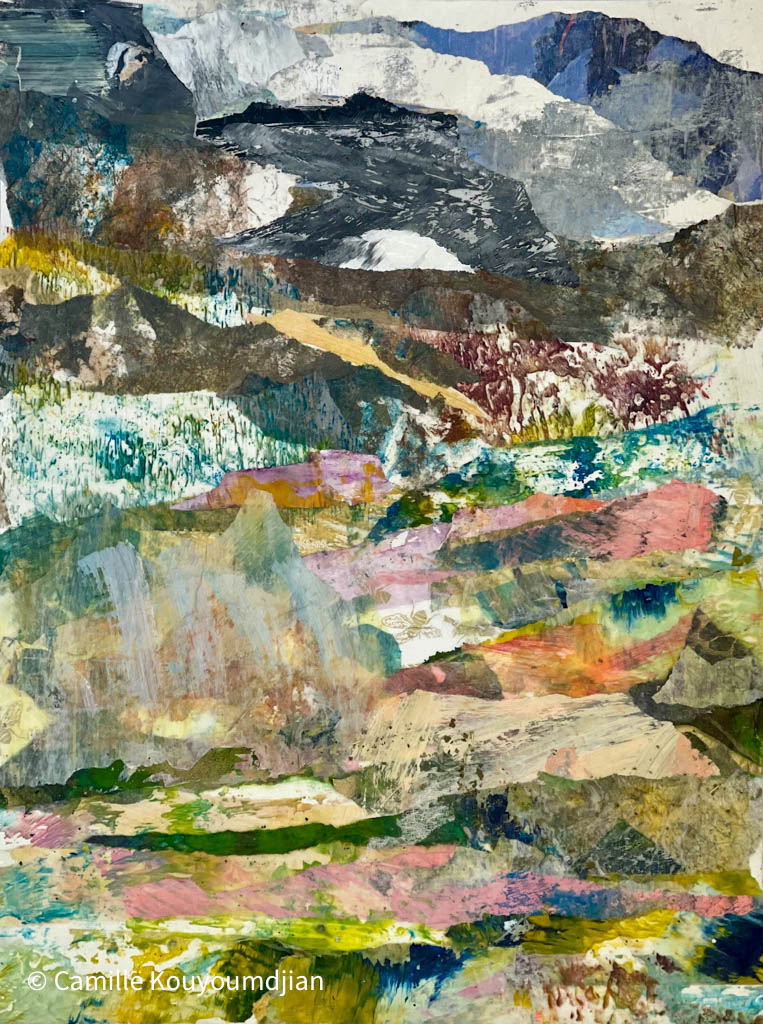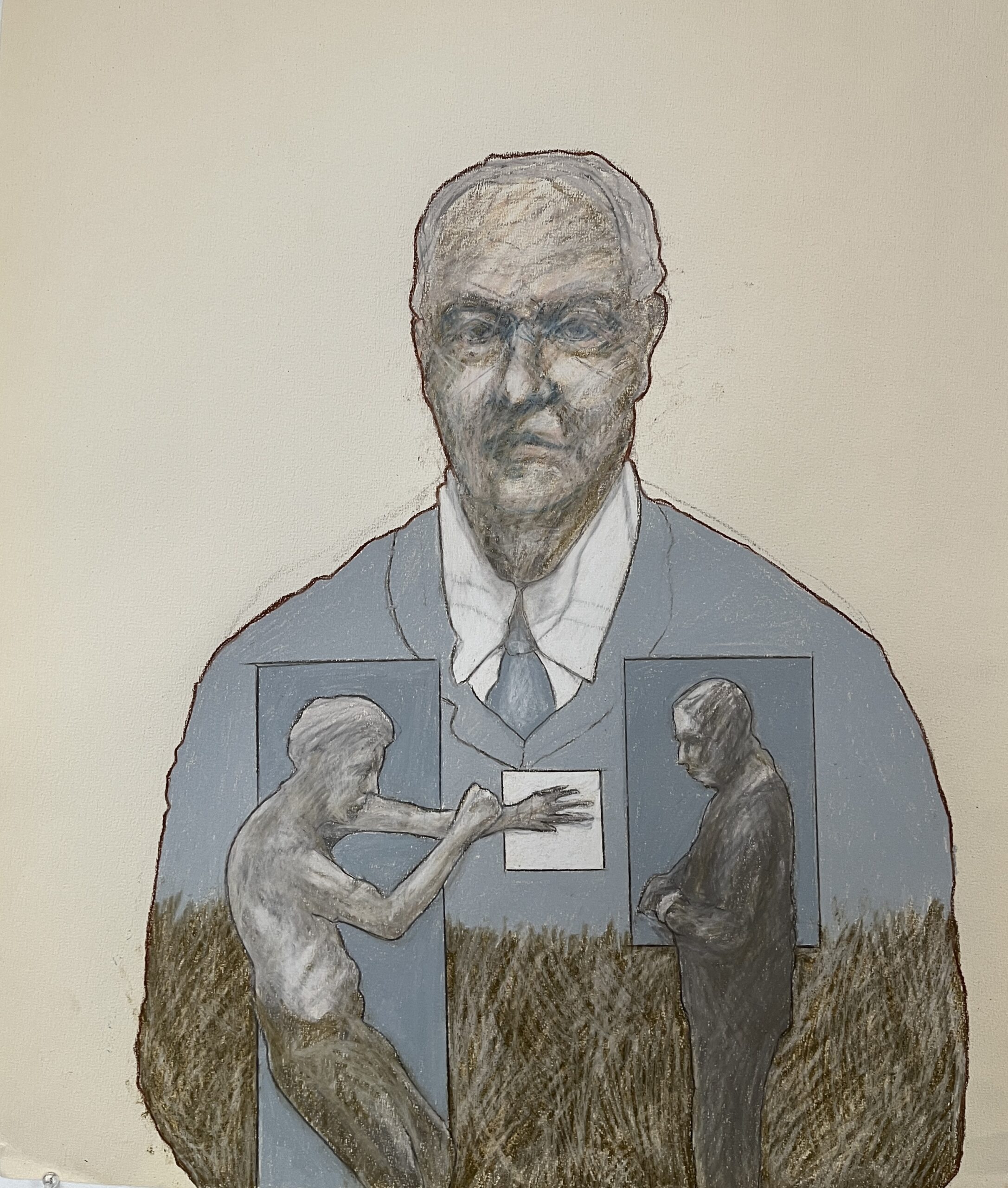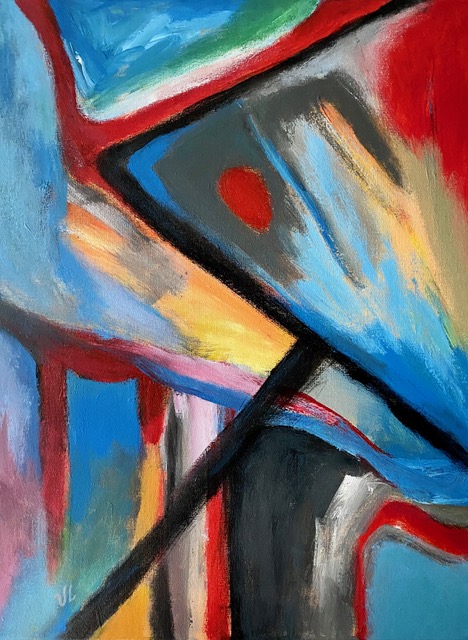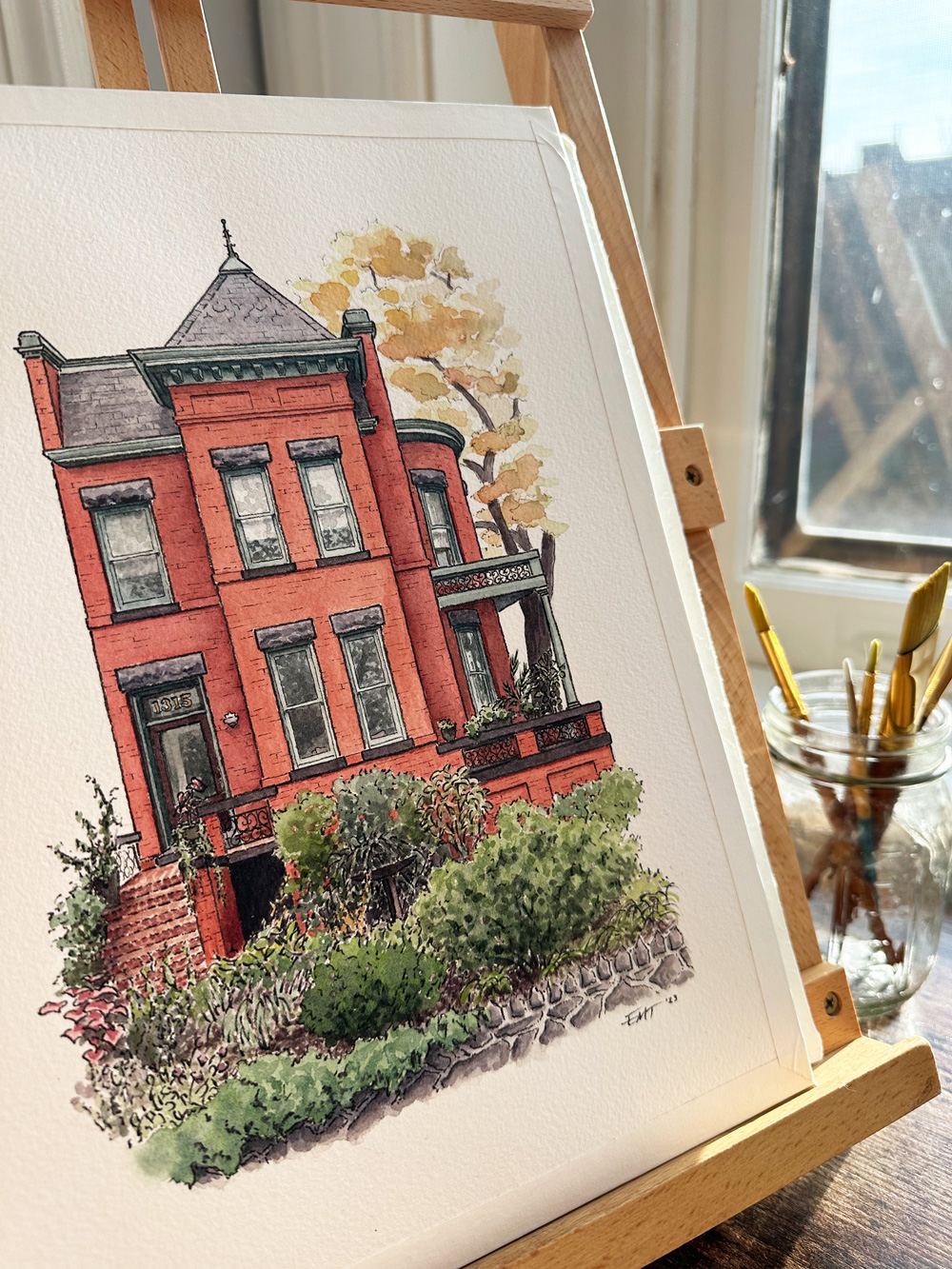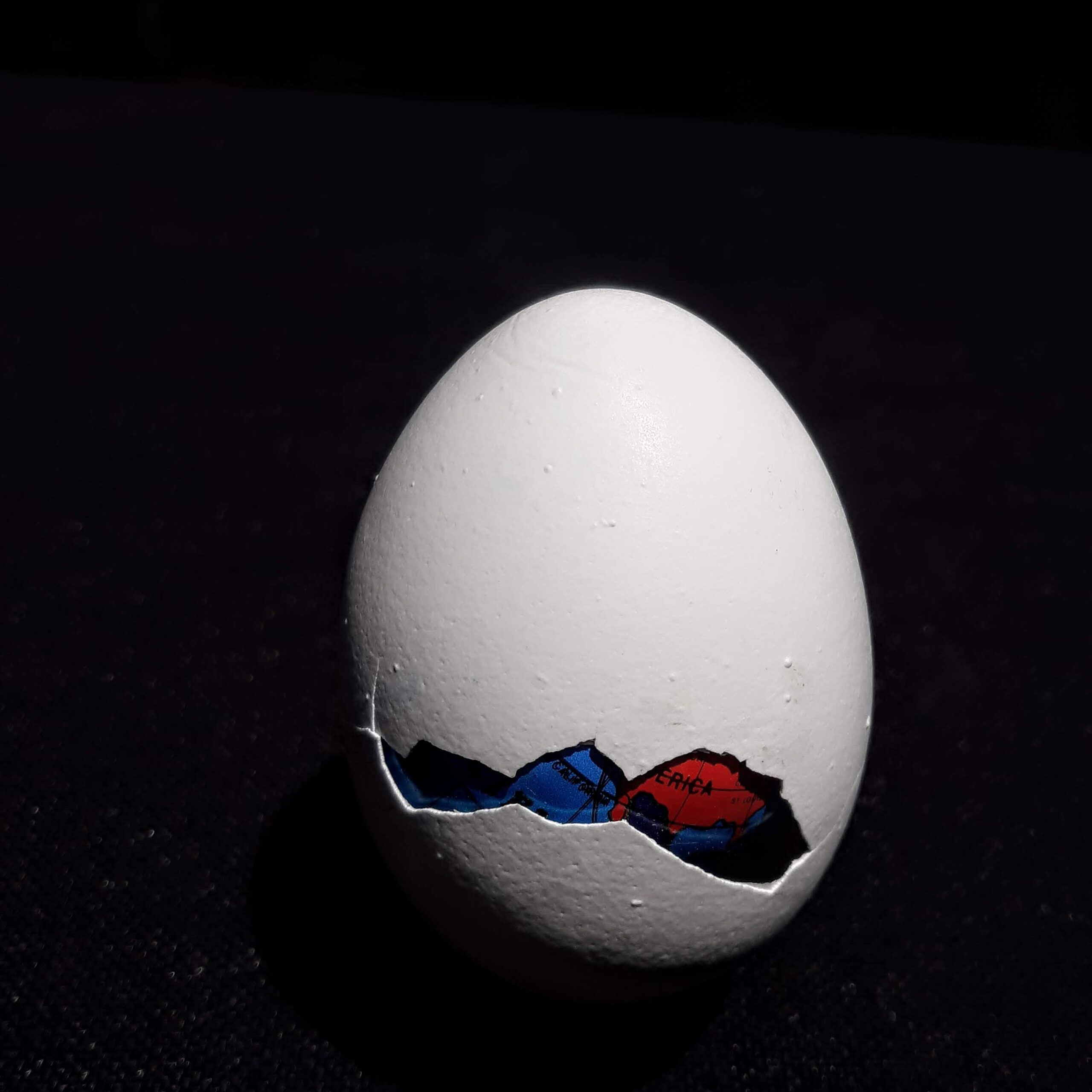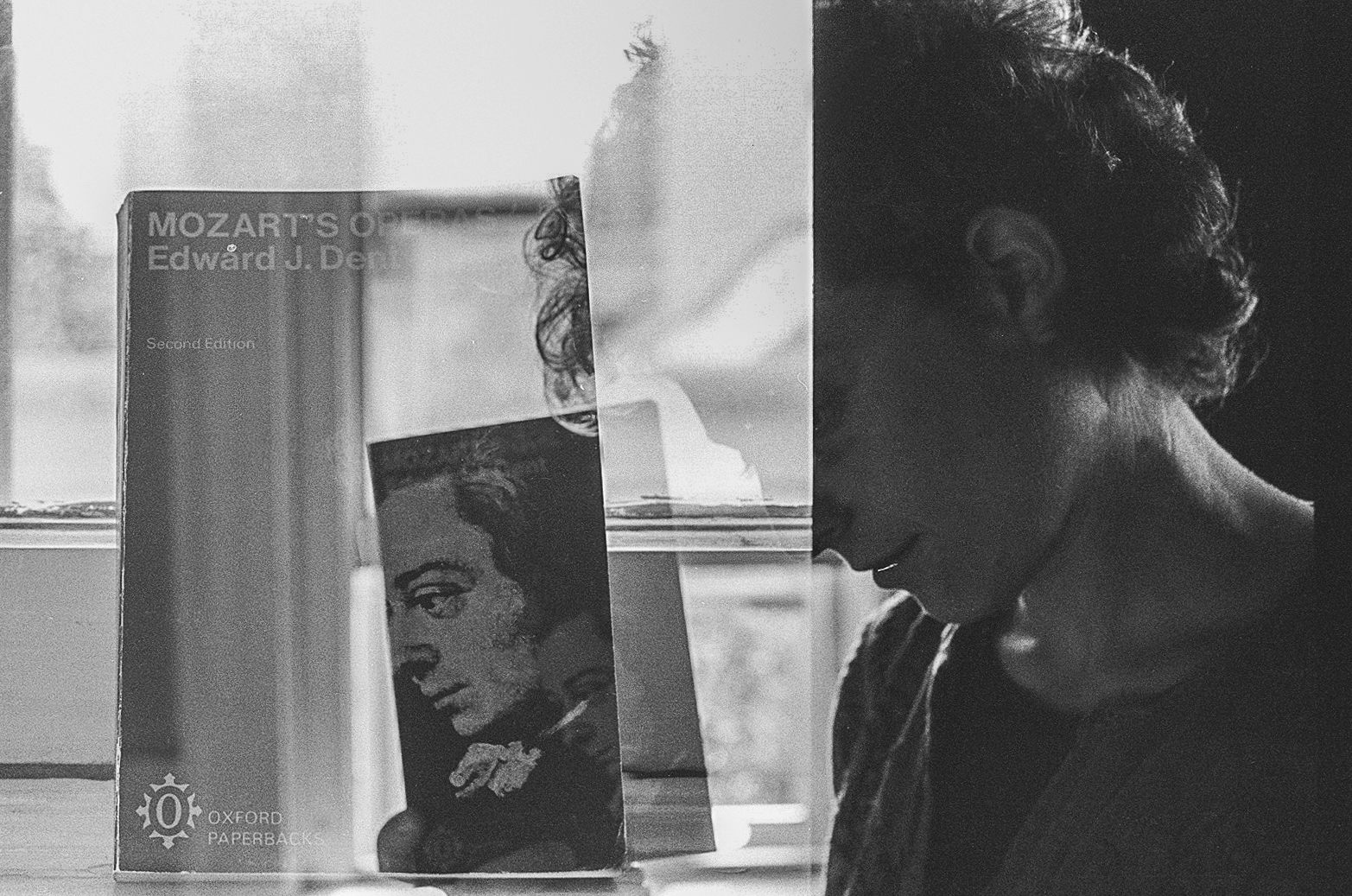Life's journey often takes unexpected turns, leading us to discover hidden passions and untapped potential. In my case, my path from working as a policy wonk in international development to becoming a Master Gardener and Beekeeper eventually led to my true passion: artwork. It all began with my love for the outdoors and a deep connection to nature. Exploring diverse cultures and ecosystems eventually blossomed into a career in creative activism.
Over time, what’s been most important for me has been to find my own voice. And then trust and follow it, even in the face of recurring self-doubt. I think artist voices are like fingerprints, each unique in its own way. That’s why I’m so curious about other’s work: it reveals their experience and worldview.
As the world becomes
more complex, I find that visual approaches help me communicate with
people of vastly different backgrounds.
As the world becomes
more complex, I find that visual approaches help me communicate with
people of vastly different backgrounds.
I have a passion for sketching people, especially live human subjects. Aside from community classes in my youth, a couple freshman-level introductory classes in college, and a handful of courses here at CHAW, I’m self-taught and over the years have spent hours upon hours filling sketchbooks. One of my favorite pastimes is taking my sketchbook and pen to a coffee shop to draw fellow patrons, or quickly capturing other commuters’ poses/essences when riding on Metro/bus.
When I arrived at college, escaping West Virginia, yay!, I was an oblivious 17-year-old. I joined a curriculum that was really training, indoctrination, attack therapy, and an artifact of 1930s pedagogy: architecture school.
My first artistic attempts at capturing my children with a camera were not as satisfying as I wanted them to be, so I signed up for photography classes at CHAW. I liked it so much, I returned for more classes and eventually obtained a Master’s in New Media Photojournalism from the Corcoran.
I compare my pieces to political cartoons, but with textiles and buttons rather than pen and
paper. Each of my hangings tells a story, describes an experience, or illustrates the double
standards of which we are all guilty.
I was not one of those kids in high school who was into photography. You know, the
kids who knew about cameras and darkrooms. Had I not stumbled into majoring in art history at
Yale, I wonder if I would have ever thought to take a course in photography. Because I had no
background in studio art, photography appealed to me as the so-called “royal road to drawing”,
something a gazillion people have likewise thought, ever since the nineteenth century.
